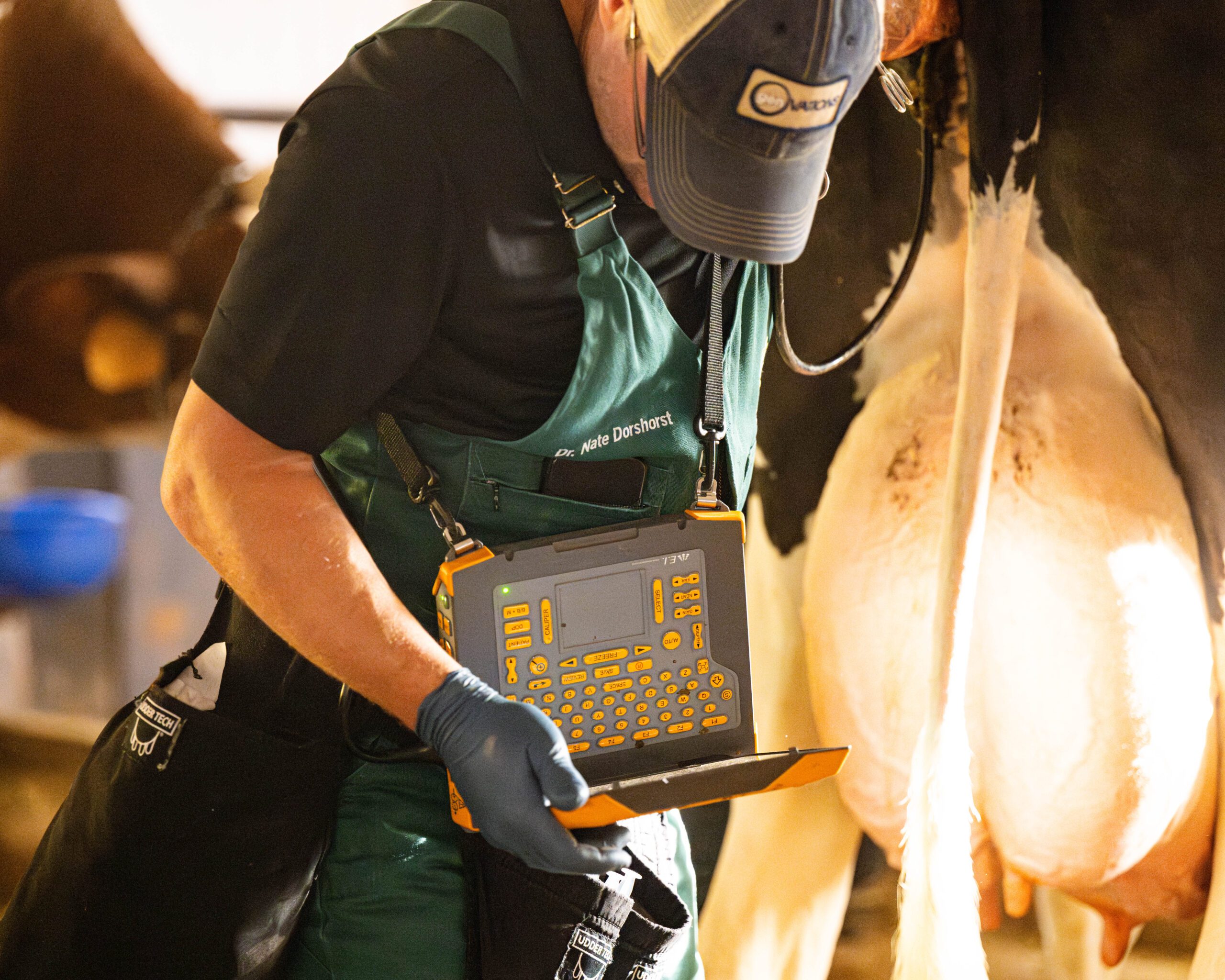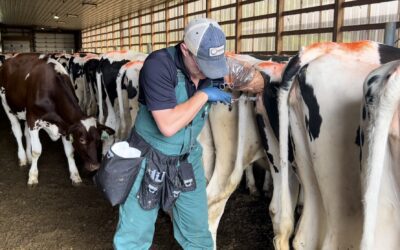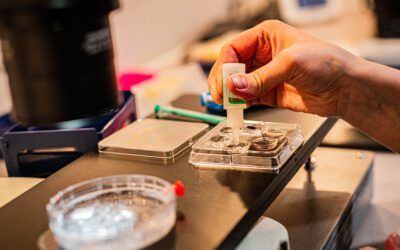The superovulation protocol can be crafted to reduce the effects of some of the already discussed causes of a failed flush. For instance, incorporating different types of hormones can increase the ovulation rate in a donor that might normally go cystic as a result of heat stress.
Outside of the physical skill and manual dexterity of the veterinarian performing the flush procedure, the protocols used are in my opinion the most important variable which can be controlled by the veterinarian to optimize results – especially on problem donors. Of the dozens of components to be manipulated within a protocol from FSH dose, FSH type, frequency and number of injections, etc undoubtedly the “set up”, is the most critical event. This is when we are attempting to remove the influence of the dominant follicle so that a new wave of subordinate follicles can be rescued from dying and instead be grown and matured all the way to ovulation. To be perfectly honest the dominant follicle has the malicious intent to destroy a perfectly good superstimulation. It desires to be the one and only follicle to become ovulated and it is therefore critical that we find a way to “kill it” in order to allow others to stimulate. If you have ever had a flush where there was only one good embryo it is likely that the origin of that one good embryo was the dominant follicle which was not successfully regressed or removed.
Why is this important? It has been clearly shown that superovulatory response is higher when FSH treatments were initiated at the time of the new wave emergence; even 1 day asynchrony reduced the superovulatory response compared to initiating treatments on the day of wave emergence. Traditionally donors had been blindly started on FSH between days 8 to 14 of the estrous cycle hoping to catch the emergence of the second follicular wave. Another very common approach is to regress the dominant follicle chemically with the injection of various hormones. A very effective approach to synchronize a new follicular wave is to remove the dominant follicle with a transvaginal ultrasound-guided aspiration – this is known as dominant follicle ablation or removal (DFA/DFR). Essentially the DFA technique does physically what the injectable set up methods would do chemically.
Recently an extensive data set with 6,149 collections showed that dominant follicle ablations yielded the greatest average viable embryos compared to other methods. They found that DFA gave 8.3 viable embryos which is a 15% increase over Estradiol with a CIDR (7.2), 20% increase over D8-14 only (6.9), 23% increase over GnRH & CIDR (6.7), and 32% increase over D8-14 GnRH (6.3). In my experience there are certain categories of problem donors that these DFA set ups are especially beneficial and can create dramatic increases in production over previous protocols.
Heat stress can have devastating effects on the recipient during the critical time of implantation as well. Between days 8 to 17 of pregnancy elevated temperatures may alter the uterine environment of the recipient as well as gene expression, growth and secretory activity of the embryo. Most notably reduced embryonic secretion of a hormone called interferon tau. This hormone is critical for maternal recognition of pregnancy, because of its vital role to antagonize the uterine secretion of PGF2alpha.




